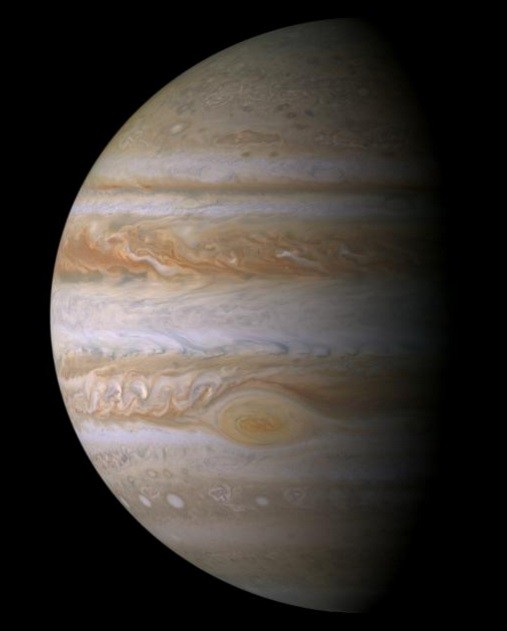Scientists are now suggesting that Jupiter apparently collided into another giant planet, where this sent the other massive planet hurtling, ejected outside the solar system some 4 billion years ago.
Researchers from the University of Toronto in Canada are now presenting evidence with this new study about the existence of a fifth gas giant that originally belonged with Jupiter, Saturn, Neptune and Uranus where it once existed during the early formation of the solar system.
A 2011 proposal suggests that either Jupiter or Saturn bumped the other gas planet out of the solar system.
According to lead author of the study, Ryan Cloutier and his team from the University of Toronto, there is a possibility of a colossal clash between the biggest planets found in the solar system where planets get ejected as one planet accelerates at an unbelievably fast rate that it escapes from the sun's powerful gravitational forces.
Prior studies about these kinds of cosmic events also did not account for the potential repercussions of gas giant ejections on smaller planets or objects such as moons of these giant planets including their own orbits.
In this new study, researchers developed new computer simulations using data about current trajectories from Callisto, which is one of Jupiter's moons and Saturn's moon, Iapteus.
With this new data, the team measured the orbit of each moon if its host gas giant planet engages in a titanic collision with another large planet. Scientists believe that this event can also generate a significant change in the original orbit of the gas giants' moons.
Cloutier says that ultimately, Jupiter can be capable of ejecting a fifth giant planet while Callisto is still in Jupiter's orbit. On the other hand, Saturn may encounter some difficulty if it would eject another planet since it will disturb Iapetus' orbit, that will be impossible to regain its original orbit today.
This new study is published in The Astrophysical Journal.



























